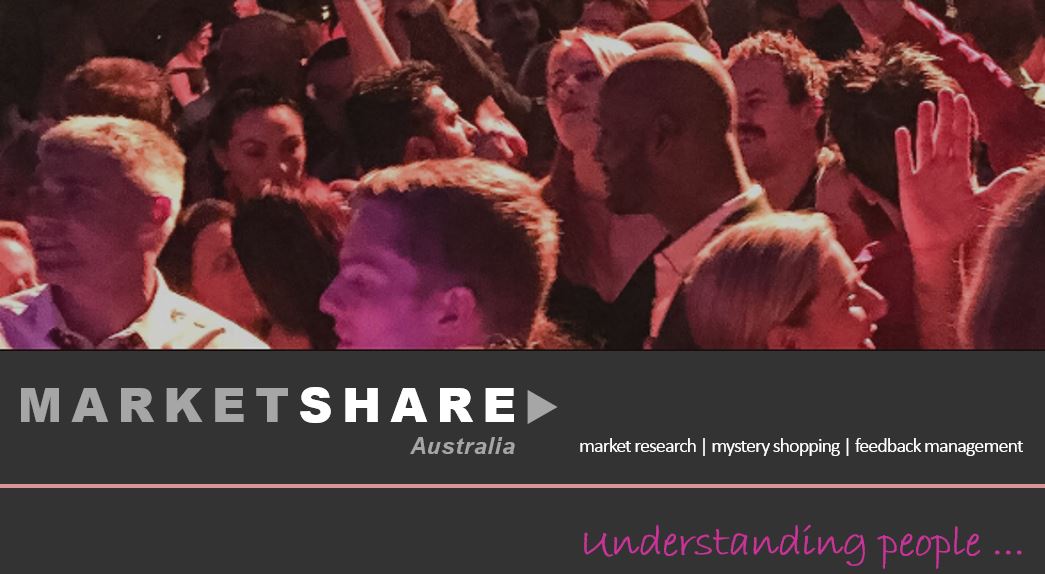qualitative research can answer the whys & why nots
Over the past decade, there have been huge advances in the collection and analysis of data. Technology has given us the ability to track consumer buying patterns and behaviour in real time; providing almost instant, complex analyses and reports.
The focus on the collection and analysis of ‘big data’ has had a disruptive effect on traditional market research. Instead of asking consumers what they are likely to buy or where they are likely to shop etc, actual behaviour can be tracked, analysed and reported on.
This ‘big data’ capture and analysis is excellent in painting a picture about past behaviour and subsequently, is used to try to target the current needs of customers. These systems are able to segment and profile markets and provide detailed snap shots of what these segments are buying, where they are buying and when. There is also the potential to extrapolate this data to show likely growth rates, highlight cyclical patterns and emerging trends.
The evolution of ‘big data’ has provided some equally big advantages in the measurement of consumer behaviour, but now, more and more, organisations realise that even though they have access to vast amounts of data, some simple questions are not being answered. Big data tells you about the past, which of course is very important, but it really can’t tell you much about the future.
Big data is very good at answering the who, what, where and when.
Big data is not very good at answering the ‘why’ (and why nots’).
Asking ‘why’ helps to understand why people aren’t purchasing your product, why they are choosing competitors’ products over yours or why a product or product category is no longer performing as well.
Qualitative research can provide insights into the thoughts and motivations that lie behind consumer behaviour. Through ‘understanding why’ people behave or think the way they do, you understand why people make the choices they make.
Qualitative research is very good at identifying future needs, future opportunities and other perspectives on the development of future markets.
Simple qualitative research methodologies include:
- Focus groups
- Depth interviews
- Observational studies
These are traditional and trusted methods but spiked with a bit of innovation, you can get a whole lot more. Qualitative research is about getting down and dirty with your customers. It’s about learning more about your customers, how they think, how they act, what they think and how they interact with your brand – it’s about becoming the customer.
Qualitative research fills in the gaps.
